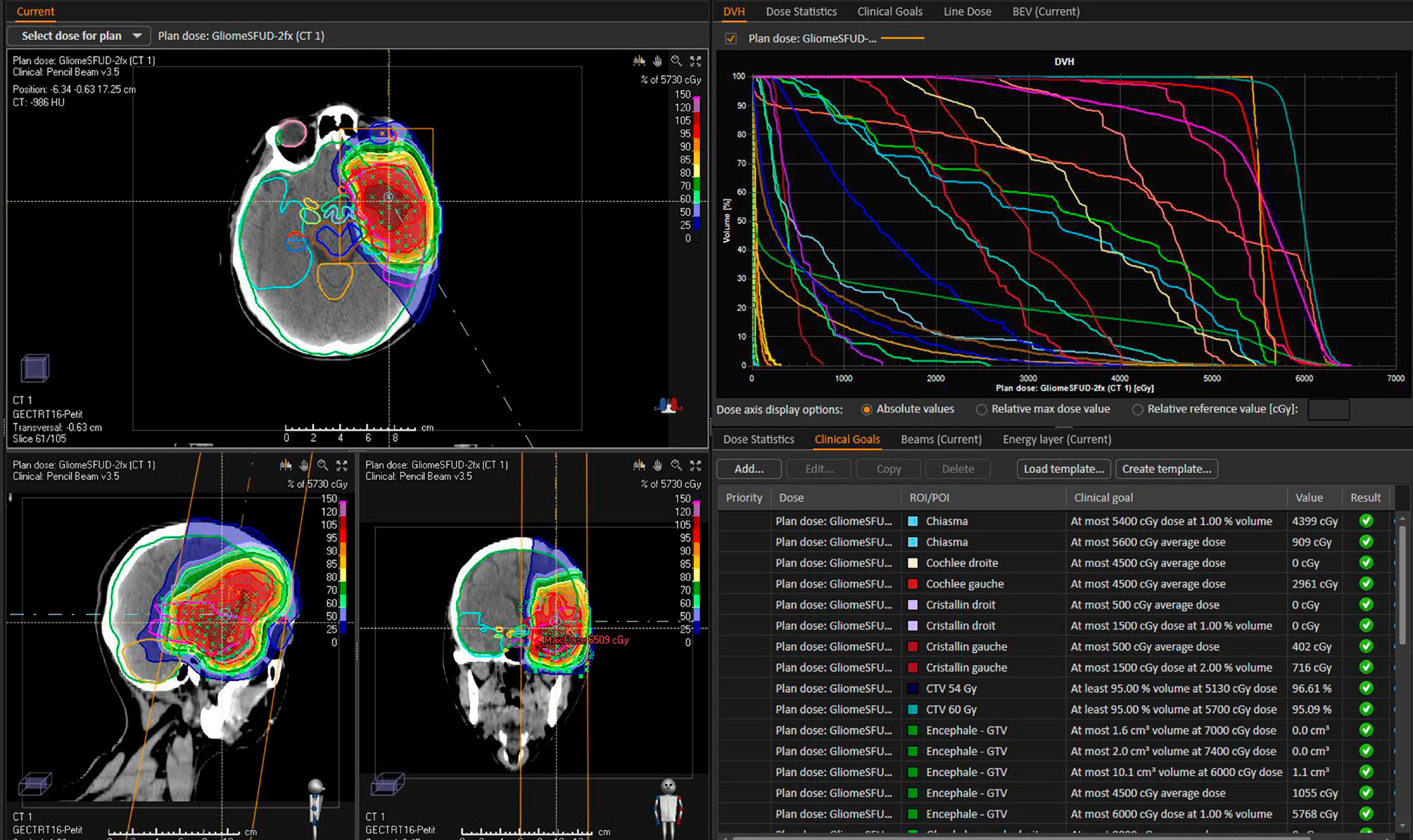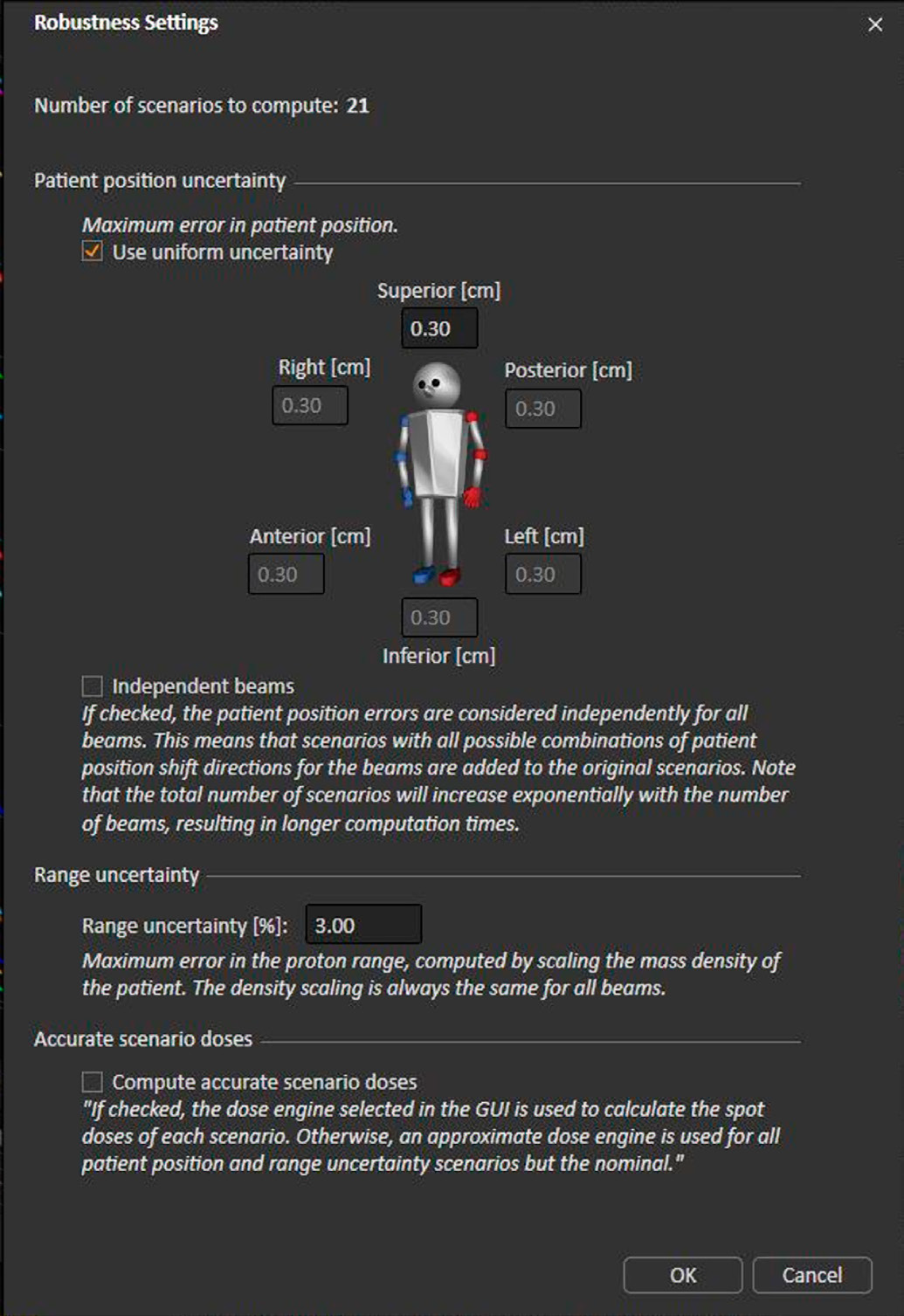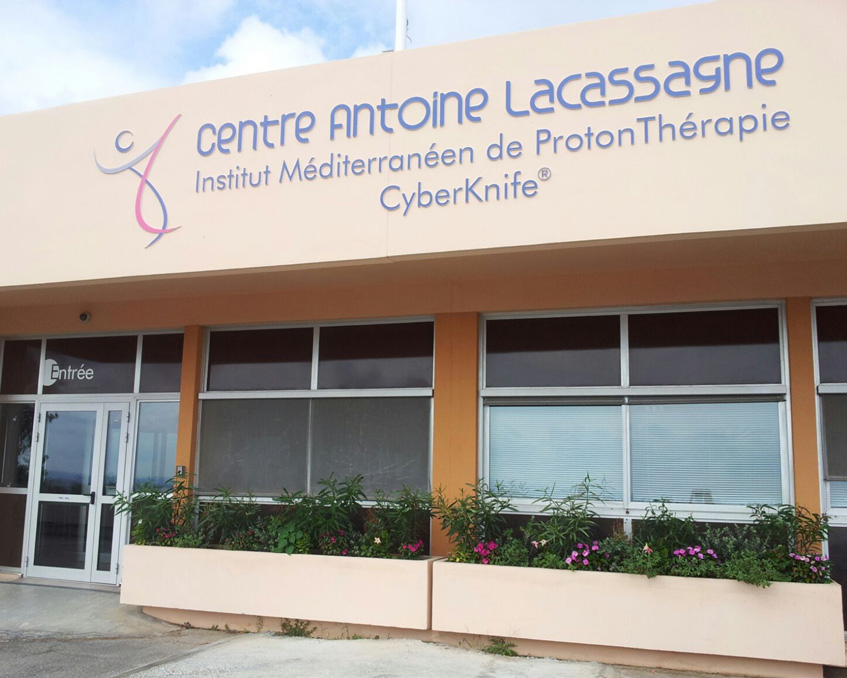We felt we had gone as far as possible in improving the quality of photon therapy plans. Proton therapy will enable us to take precision to new levels.”

Case study: Proton Therapy Center at CAL, Nice
ROBUST TREATMENT PLANNING AT EUROPE’S FIRST PROTEUSONE CENTER
Jérôme Doyen, M.D., a physician at CAL, says that expanding proton therapy capabilities is a natural step. “We felt we had gone as far as possible in improving the quality of photon therapy plans. Proton therapy will enable us to take precision to new levels. We are one of the pioneers in France, but the technology is becoming more accessible, and I am certain this treatment technique will expand to other centers during the next few years,” he says.
The proton therapy technique will enable the center to treat more complex cases, including radioresistant cancers such as chondrosarcomas and chordomas that need high radiation doses, for example up to 74 Gy. It will also make it possible to treat tumors close to organs at risk, for example in the base of the skull, or in areas where surgery is difficult, such as the spinal cord or intestines.
The precision of proton therapy is also valuable when treating children. “Not because we achieve better tumor coverage,” Doyen says, “but to reduce the integral dose to avoid long-term consequences such as radiation-induced cancers. Proton therapy has also been shown to reduce hormonal disorders over the long term. Some 10- 20% of cancer patients could benefit from proton therapy, such as young adults with Hodgkin’s lymphoma or patients with left-sided breast cancers, among other indications.”

Figure 1 Clinical example of proton treatment with robust optimization for a glioma case.

Figure 2 Clinical example of robustness settings for a glioma case. A 3 mm patient position uncertainty and a 3% range uncertainty was chosen for this case. These values will be used in a minimax optimization. This means that for every iteration, the optimization engine will minimize the function value for the worst case scenario using the provided patient position uncertainty and range uncertainty values.
Robust optimization was a key reason for choosing RayStation as the treatment planning system for the new facility. RayStation’s robust optimization method takes geometric and dosimetric uncertainties into account, including interfractional movement and range and positioning uncertainties. It calculates for various possible scenarios, ensuring the plan is effective and accurate even when treatment conditions are not optimal. In proton therapy, this makes it possible to plan the dose for the CTV, instead of the PTV, which is generally used in conventional radiation therapy.
Anaïs Gérard, a medical physicist at CAL, says: “RayStation is the only commercial treatment planning system that offers this robust optimization. Computation speed is a key component when optimizing for multiple scenarios; RayStation is impressively fast, even when running as many as 21 scenarios for one case.”
Gérard says that as a pioneering cancer center, it is essential for CAL to ensure the ability to meet future needs. “RayStation is part of our long-term approach. We have a variety of treatment machines, and we need a treatment planning system that enables us to plan for all our treatment techniques in the future,” she says. “RaySearch releases new software versions every year that take user requests into account. It is great to work with such a responsive team.”
Another useful feature is RayStation’s scripting capability, which gives the flexibility to personalize the treatment planning system according to the center’s needs and workflow. Marie Vidal, a medical physicist at CAL, adds that setting up RayStation for the ProteusOne system was more straightforward than expected. “We thought we would have to adjust the beam model when commissioning RayStation for this new synchrocyclotron technology, but it was a one-shot modeling. We got very good results and high precision on Bragg peak and spot measurements, as well as for flatness, symmetry, penumbra and size of lateral fields.”
RayStation is the only commercial treatment planning system that offers this robust optimization. Computation speed is a key component when optimizing for multiple scenarios; RayStation is impressively fast, even when running as many as 21 scenarios for one case.”
ADVANCING CANCER TREATMENT
RaySearch is a committed pioneer of software for radiation therapy. Software has unlimited potential for advancing cancer treatment, and we believe it is now the driving force for innovation in radiation therapy. Medical science never stands still, and neither does RaySearch. Since 2000, we have worked in close cooperation with leading cancer centers to advance cancer treatment. We are not just a software vendor – we are an innovation partner. RayStation®, our next-generation treatment planning system, supports the quality of decision-making, creates new treatment possibilities and gets maximum value from existing equipment. By making treatment planning faster, easier and more flexible, we enable better care for cancer patients worldwide.
And this is just the beginning.
For more information or to see a demo, contact sales@raysearchlabs.com
